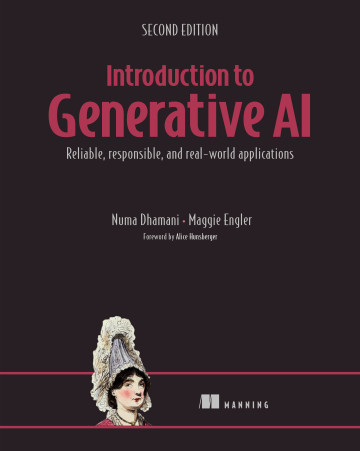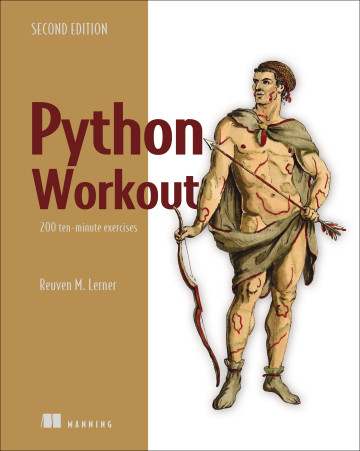Top Links
- Day 1: What Is Vibe Coding? (Jeff Blankenburg)
- Technology We Saved and Tech We Lost in 2025 (David Cassel)
- Windows 95 Special Edition – 100 Years of Microsoft Stories (Raymond Chen)
- The Hanselminutes Podcast – Vjekoslav Krajačić on File Pilot and a return to fast UIs (Scott Hanselman)
- CODE Presents – Online (free event) – Production-Ready AI: Engineering Reliable Prompts for Software Development Teams (Otto Dobretsberger)
- SDK-style Projects for your Visual Studio Extensions! (Calvin Allen)
Web and Cloud Development
- Introducing gisthost.github.io (Simon Willison)
Windows Development
.NET and Visual Studio
- C# Smart Enums: advanced and C# Smart Enums: optimized and C# Smart Enums: escape magic number hell (Helder Sousa)
- Type-Safe Collections in C#: How NonEmptyList Eliminates Runtime Exceptions (Ahmad Al-Freihat)
AI
- Beyond Code Generation: LLMs for Code Understanding (Esteban S. Abait)
- Build AI Agents with Microsoft Agent Framework in C# (Mashrul Haque)
- Using the VSCode Claude Code Extension with Bedrock and Claude Sonnet 4.5 (Matt Bacchi)
- Azure AI Search at Scale: Building RAG Applications with Enhanced Vector Capacity (Jubin Soni)
- 2025: Replit in Review (Replit Team)
- How Generative AI Can Transform Cloud Support Operations: A Practical Framework (Mayuri Dekate)
Python
- MicroPython – a lean and efficient Python implementation for microcontrollers and constrained systems (MicroPython Team)
Design, DevOps and Methodology
- How To Build a Developer Career When the First Rung Is Gone (Roman Eloshvili)
- Technology is culture (Daniel Lemire)
- The Cost of Relying Only on Static Code Review (Yeahia Sarker)
- The Architect’s Dilemma: Choose a Proven Path or Pave Your Own Way? (Pierre Pureur & Kurt Bittner)
Mobile and Game Development
- Atari 7800 Development Wiki Home (8BitDev)
Screencasts and Videos
- GCast 207: Mastering GitHub Copilot course, Using GitHub Copilot with Python, Part 2 (David Giard)
- AI New Year’s: The 10 Week AI Resolution (AIDailyBrief)
Dometrain Course
Podcasts
- The Real Python Podcast Episode #278 – PyCoder’s Weekly 2025 Top Articles & Hidden Gems (Christopher Bailey & Christopher Trudeau)
- The Jack Carr Channel – Writing Advice (Jack Carr)
- Coaching Product Owners to Be the Voice of the Customer | Scrum Master Toolbox Podcast (Vasco Duarte & Steve Martin)
- Women in Technology Podcast Episode #54 – Building What Matters: Product Leadership in the Age of GenAI (WiT Team)
- Adventures in DevOps Podcast Episode #260 – Special: The DORA 2025 Critical Review (Will Button & Warren Parad)
- Software Defined Talk Episode #553 – 2025 Year in Review (Brandon Whichard, Coté & Matt Ray)
- Build Mode Podcast – 2026 predictions from LP-lead investments to IPO mania: Equity crossover (Isabelle Johannessen)
- Lenny’s Podcast – We replaced our sales team with 20 AI agents—here’s what happened | Jason Lemkin (SaaStr) (Lenny Rachitsky)
- The Stack Overflow Podcast – The most dangerous shortcuts in software (Phoebe Sajor)
Community and Events
- 12 predictions for tech comm in 2026 (Tom Johnson)
- A beginner’s guide to Mastodon, the open source Twitter alternative (Amanda Silberling)
- The Man Taking Over the Large Hadron Collider (msmash)
Database
- SQL Server Regular Expression Performance and Guidelines (Ben Johnston)
- Generate UUID in PostgreSQL (Ahmad Mujahid)
- A Little About Locking Hints In Transactions (Erik Darling)
Sharepoint, Teams and Microsoft 365
- Advanced Project Planning with Microsoft Planner: How Dependencies and Critical Path Keep Projects on Track? (Alex Rodov)
Tools
General
- Welcome to the Future of Noise Canceling (Sophie Charara)
- Why Converting PDFs to Markdown Is Harder Than It Looks (Edward)
- DHS Says REAL ID, Which DHS Certifies, Is Too Unreliable To Confirm US Citizenship (msmash)
- Microsoft’s 2026 end-of-support wave includes Windows 11 24H2, Office 2021, and more (Mayank Parmar)
More Link Collections
- Daily Tech News Roundup – 2026-01-02 (Atharv Shinde)





